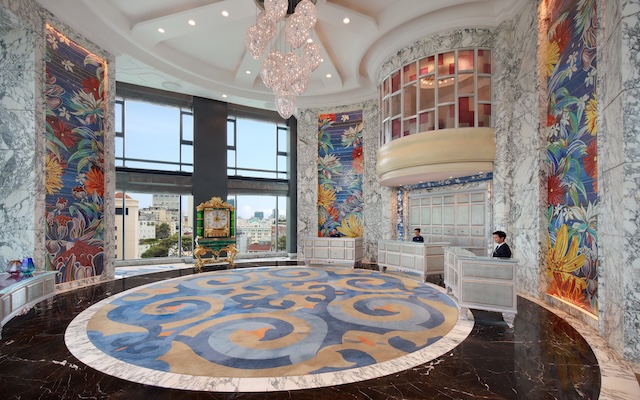Sumesh Patel, president, Asia Pacific, SITA, challenges the travel industry to stop chasing seamlessness and start designing smarter, more connected transitions across the journey
 The travel industry often chases “seamlessness” as an ideal – one fluid, uninterrupted journey. But real travel rarely unfolds that way. Journeys are built on transitions: from one provider to another, one system to another, one mode of transport to the next. These are inherent seams of travel.
The travel industry often chases “seamlessness” as an ideal – one fluid, uninterrupted journey. But real travel rarely unfolds that way. Journeys are built on transitions: from one provider to another, one system to another, one mode of transport to the next. These are inherent seams of travel.
Too often, we treat these seams as flaws to be eliminated. But what if we designed for them instead? What if we owned the seams – deliberately shaping these moments of handover to be smooth, intuitive, and even delightful?
The barrier isn’t tech – it’s alignment
We already have the core technology: biometrics, AI, APIs, data analytics, IoT – but too much of it is deployed in isolation. Fragmented ownership, closed systems, and legacy silos still dominate. A biometric checkpoint at security is of little use if your bag is lost in handover between rail and air.
This is where industry collaboration must step in. Lufthansa’s partnerships with Deutsche Bahn and Korail show what’s possible when air and rail align. True intermodal journeys are created, where a single ticket takes you from train to plane. These aren’t pipe dreams; they’re live today – but scaling this model will require the industry to think beyond its silos and build toward shared outcomes.
Designing the seams
Owning the seams means treating these transitions not as back-end handovers, but as moments of passenger experience. It’s about designing physical, digital, and operational touch points that work together: modular, adaptive, and human-first.
Imagine checking in for your flight from your hotel lobby or even your front door. Off-airport processing makes it possible to tag and drop your bag on the spot, freeing travellers from queues, crowds, and the burden of hauling luggage through busy terminals. It’s a game-changer, especially for families juggling strollers, toddlers, and passports.
Now extend that idea: imagine your baggage transferred autonomously from a rental car to a ferry terminal without manual handover. Separately, picture your travel app proactively re-routing your itinerary in real time when inclement weather disrupts your next flight. These aren’t futuristic fantasies – they’re possibilities already within reach, simply waiting for better orchestration.
This orchestration can also be applied to infrastructure. Modular design thinking where hardware, software, and space work as one is also now more achievable with SITA’s expanded spatial and architectural capabilities, following its recent acquisition of CCM.
A call to the industry
Truly connected journeys won’t come from another app or isolated innovation. They’ll be built through radical collaboration that are grounded in open standards, shared platforms, and a collective shift in focus. It’s not about perfecting isolated legs of the journey. Instead, it’s about stitching the entire ecosystem together.
Our role now is to design not just for efficiency, but for ease; not just for automation, but for assurance; and not to erase the seams, but to elevate the experience at them. Because when the seams work beautifully, the journey feels seamless.

















